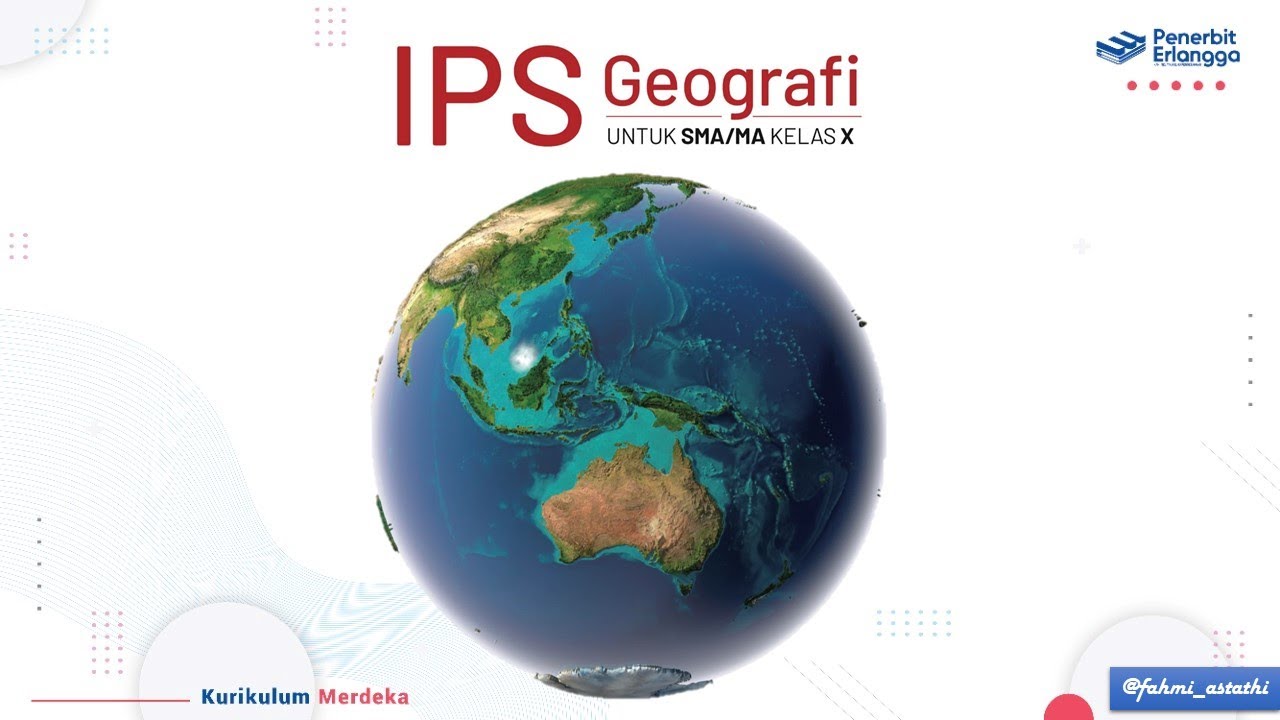SIG UA01 vídeo
Summary
TLDRThis video delves into information systems, exploring their function in collecting, processing, storing, analyzing, and disseminating data for specific purposes. It emphasizes the role of technology in enhancing the efficiency and security of such systems. The script discusses the evolution of computing, from large, slow valve-based computers to modern, fast microprocessors, highlighting their impact on businesses. Key concepts like IT architecture, infrastructure, and the relationship between data, information, and knowledge are explored. Additionally, it touches on the growing demand for integrated information systems to improve decision-making and competitiveness in business.
Takeaways
- 😀 A system of information collects, processes, stores, analyzes, and disseminates information for a specific purpose.
- 😀 A computerized information system uses technology and computer resources to carry out one or more of its functions.
- 😀 Two key factors for the efficiency of an information system are speed and reliability.
- 😀 The evolution of information systems has improved performance, functionality, and security, helping businesses meet their needs.
- 😀 Information systems have changed since the 1940s, starting with large vacuum tube computers and progressing to smaller, more capable systems.
- 😀 Microprocessors led to a drastic reduction in costs, making computers accessible to small businesses and personal use.
- 😀 Programming languages and interfaces have become increasingly user-friendly with advancements in computer technology.
- 😀 Information management systems (MIS) help support decision-making processes by organizing and displaying relevant information.
- 😀 IT architecture serves as a high-level blueprint for the organization's information resources, aiming to meet current and future business needs efficiently.
- 😀 IT infrastructure refers to the physical elements of technology, including computers, peripherals, and services used to manage IT.
- 😀 Data represents raw, unprocessed facts, information provides context, and knowledge is derived from transformed data that informs decisions and insights.
Q & A
What is a system of information?
-A system of information collects, processes, stores, analyzes, and disseminates information for a specific purpose.
What distinguishes a computer-based information system?
-A computer-based information system utilizes information technology, including computer resources, to perform one or more activities of the information system.
What are the two key factors for the efficiency of an information system?
-The two key factors for efficiency are speed and reliability.
How has information technology influenced the development of information systems?
-Information technology has continuously evolved, leading to improvements in information systems, incorporating new functionalities, enhancing performance, and meeting organizational needs.
What technological advancements have shaped information systems since the 1940s?
-Information systems have evolved from large, slow valve computers to smaller and more capable transistorized systems, and later to integrated circuits and microprocessor-based systems.
How did the cost and accessibility of computers change over time?
-With the advent of microprocessors, the cost of computers drastically decreased, making them accessible to small businesses and even for personal use.
What is the role of programming languages in the development of information systems?
-Programming languages became more user-friendly, making it easier to interface with computers and contributing to the growth and accessibility of information systems.
What is the purpose of management information systems (MIS)?
-Management information systems are designed to organize, summarize, and display information to support decision-making and routine operations within functional areas.
What is the concept of information technology architecture?
-Information technology architecture refers to a high-level map or plan that outlines an organization’s information resources, serving both current operational needs and future directions.
What is the role of information technology infrastructure?
-Information technology infrastructure encompasses all the physical elements, such as computers, peripherals, and services, that an organization uses in managing its information technology.
What is the difference between data, information, and knowledge?
-Data is a raw value with no context. Information is data with context and meaning. Knowledge is information that has been processed and transformed to support decision-making and reflection.
How does the management dynamics relate to information systems?
-Management dynamics are influenced by various factors such as improving competitiveness, meeting customer needs, and enhancing customer experience, all of which require better integration of information systems.
Outlines

This section is available to paid users only. Please upgrade to access this part.
Upgrade NowMindmap

This section is available to paid users only. Please upgrade to access this part.
Upgrade NowKeywords

This section is available to paid users only. Please upgrade to access this part.
Upgrade NowHighlights

This section is available to paid users only. Please upgrade to access this part.
Upgrade NowTranscripts

This section is available to paid users only. Please upgrade to access this part.
Upgrade NowBrowse More Related Video

data acquisition system | data acquisition system in hindi | block diagram | integration in iot |das

Pengertian Sistem | Belajar Analisis dan Desain Sistem

¿Qué son los sistemas de información? Características, tipos y ciclo de vida

Manajemen Sistem Informasi Kesehatan

Introduction to Information Systems

SISTEM INFORMASI GEOGRAFIS (SIG) #geography #education #kurikulummerdeka
5.0 / 5 (0 votes)